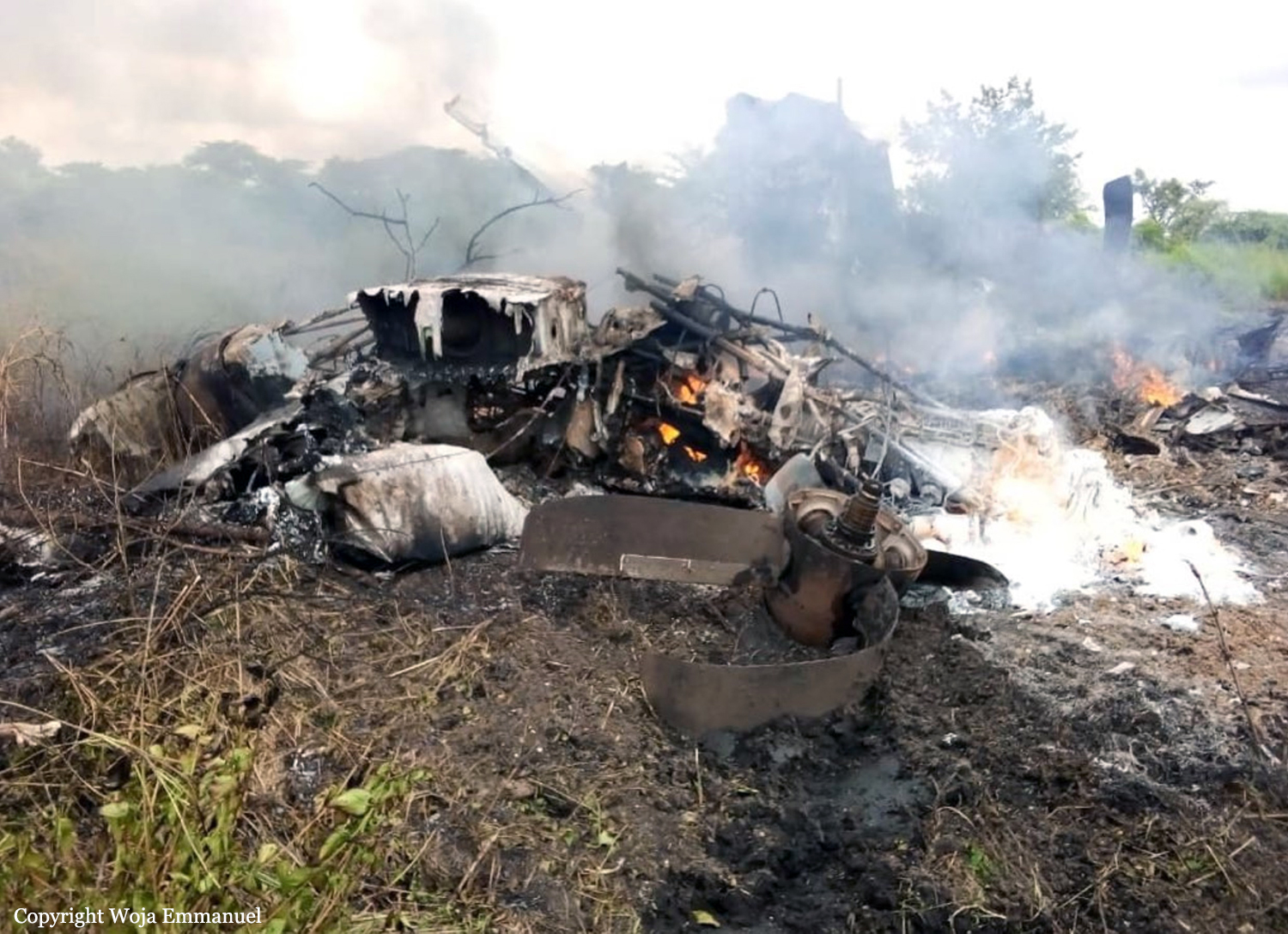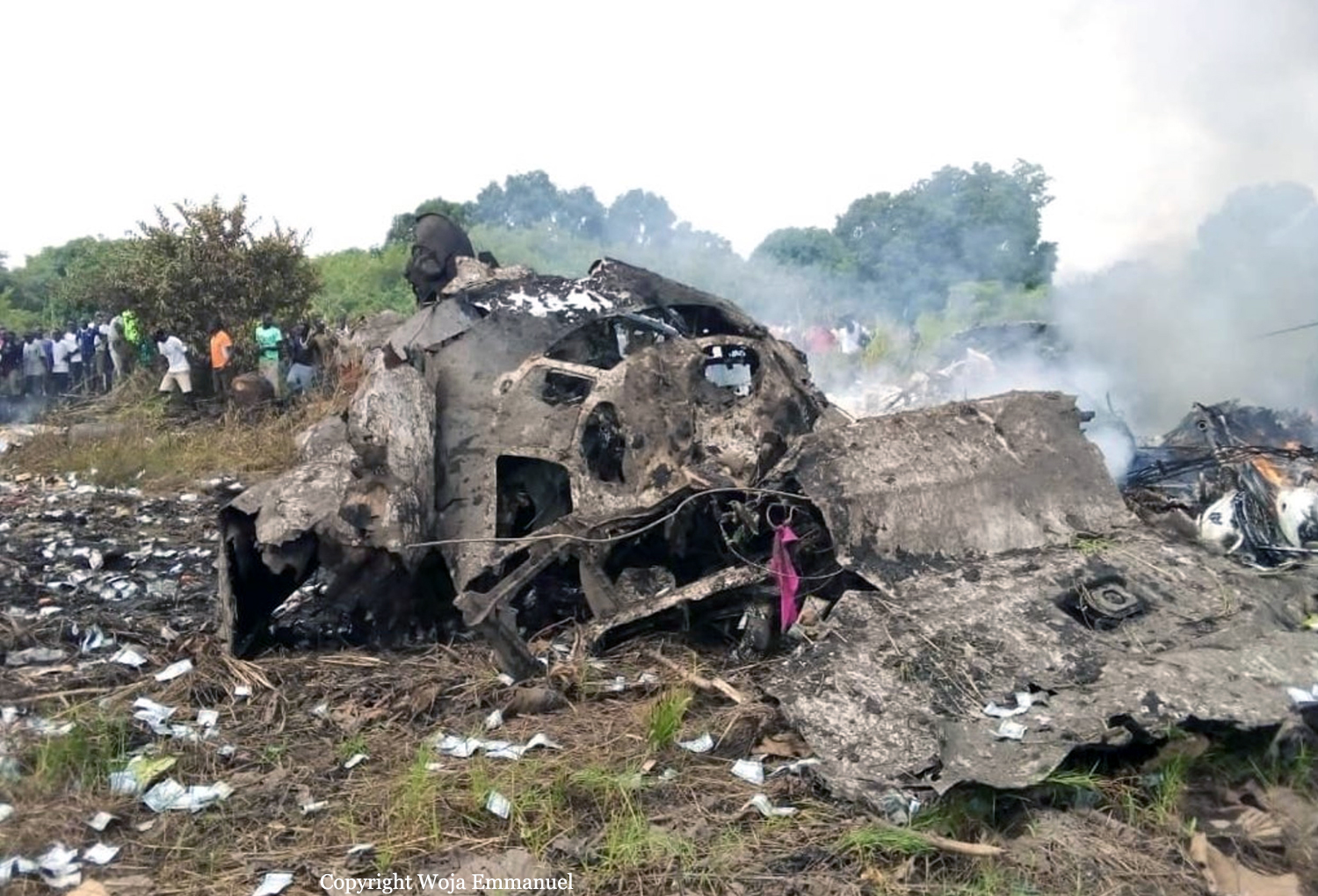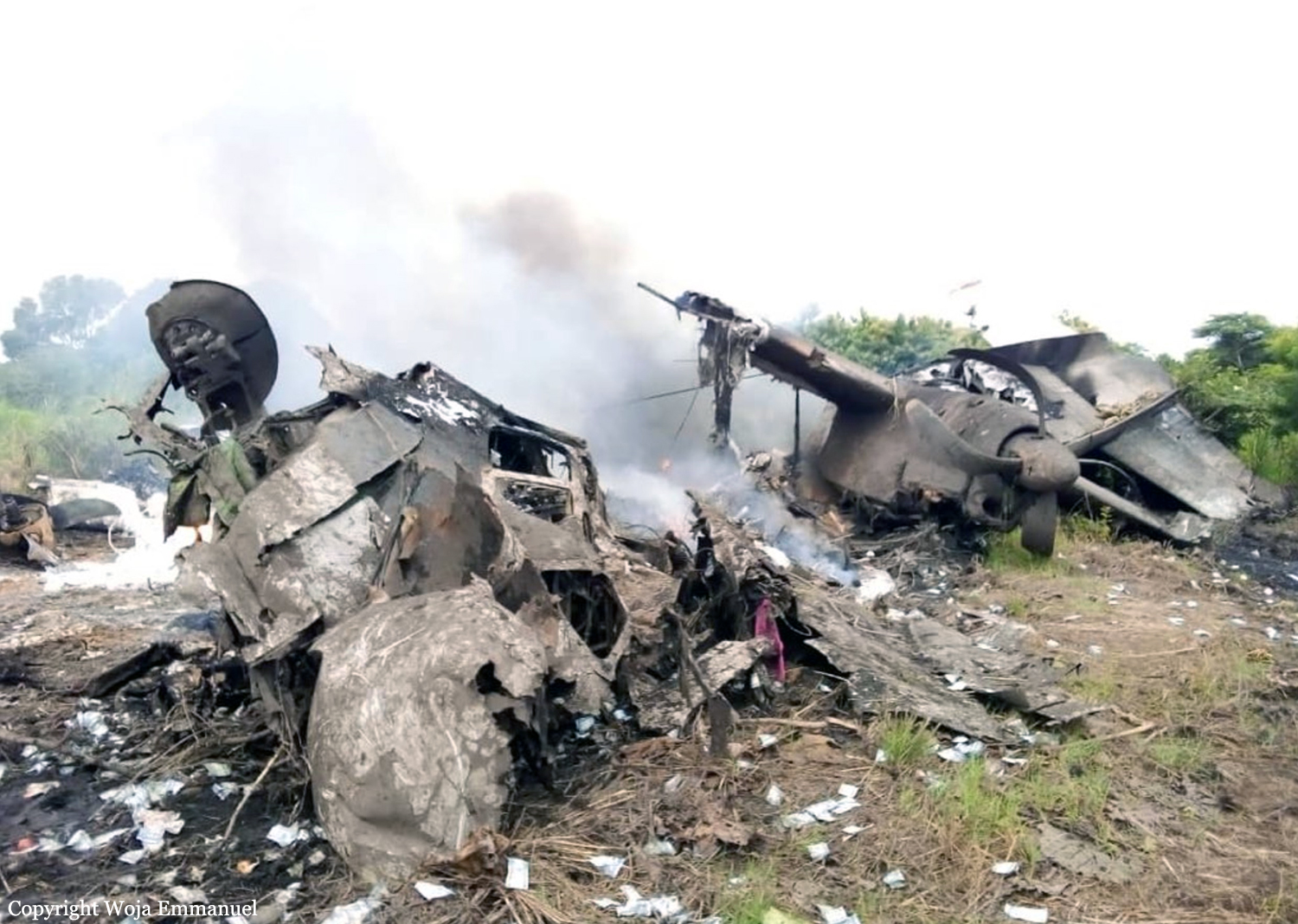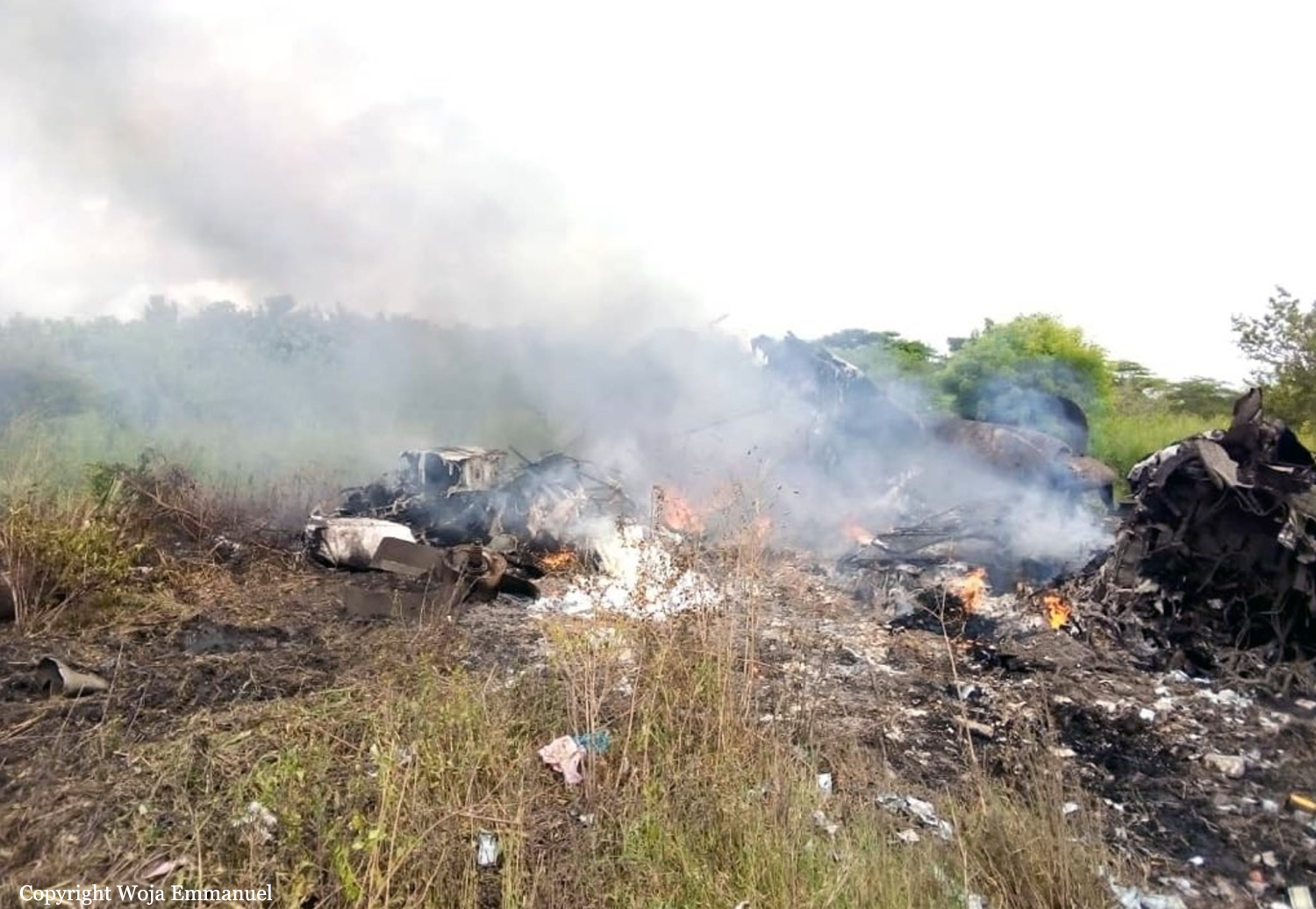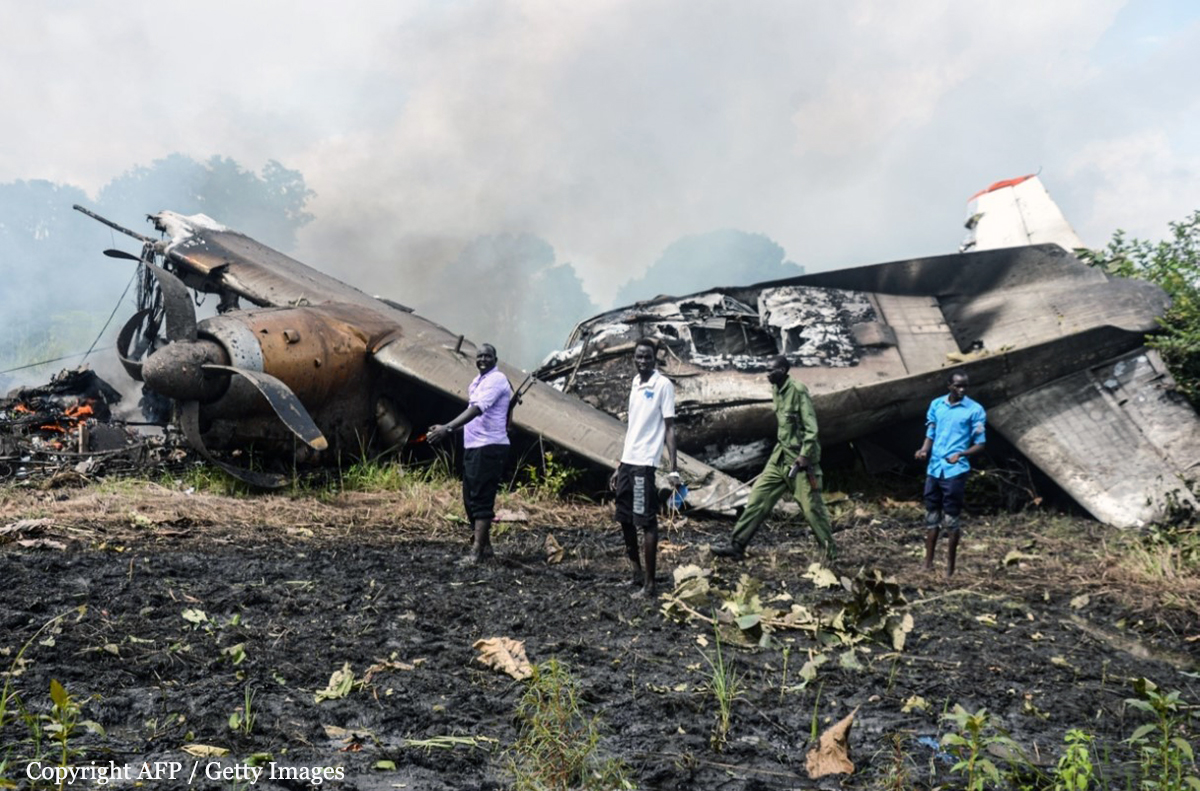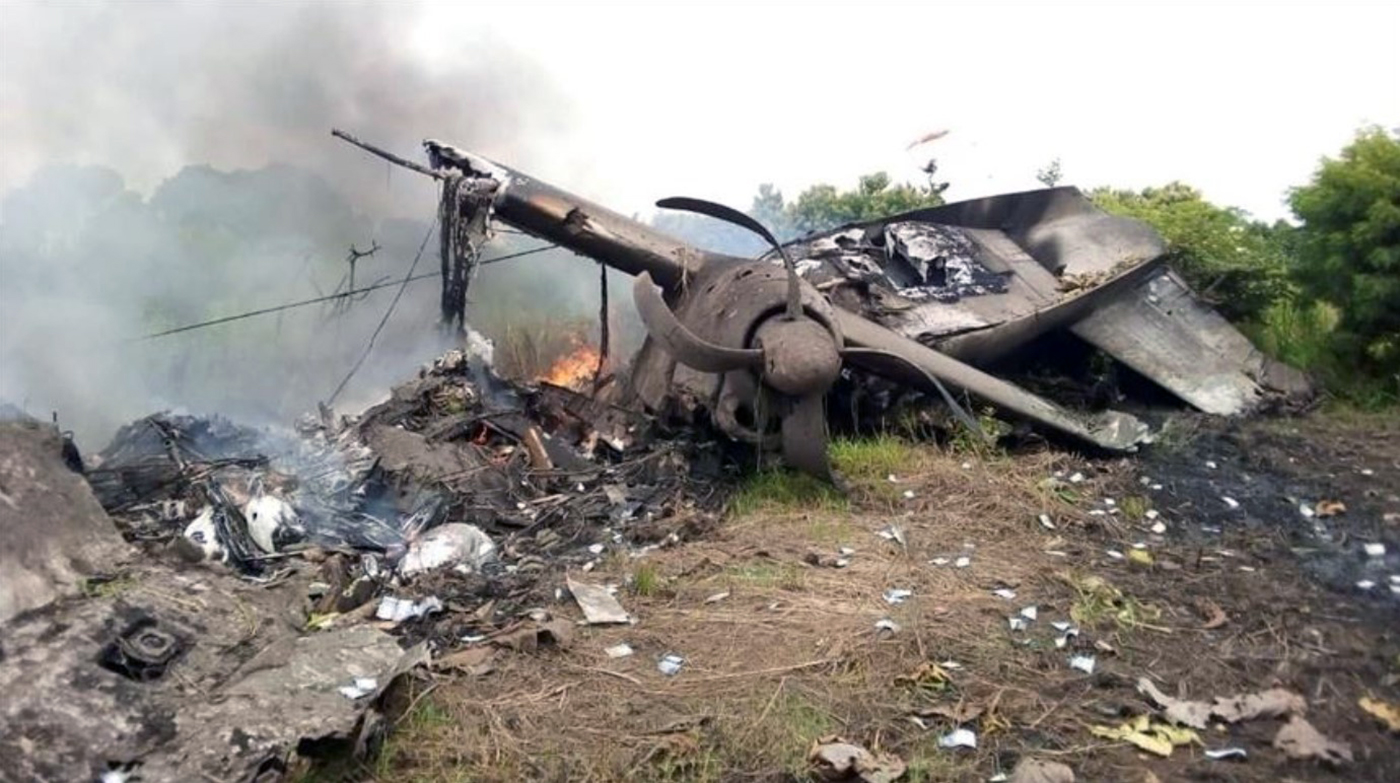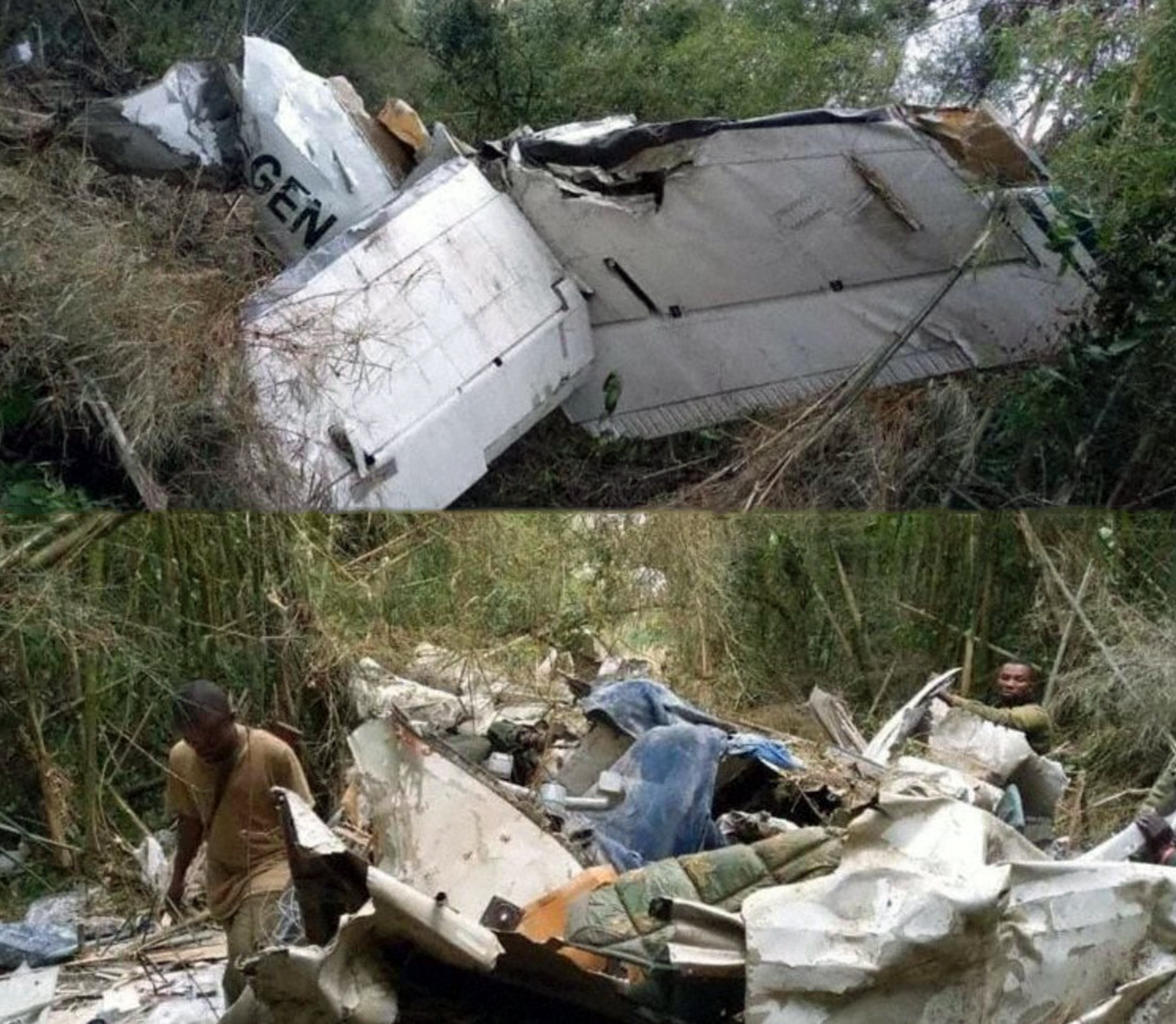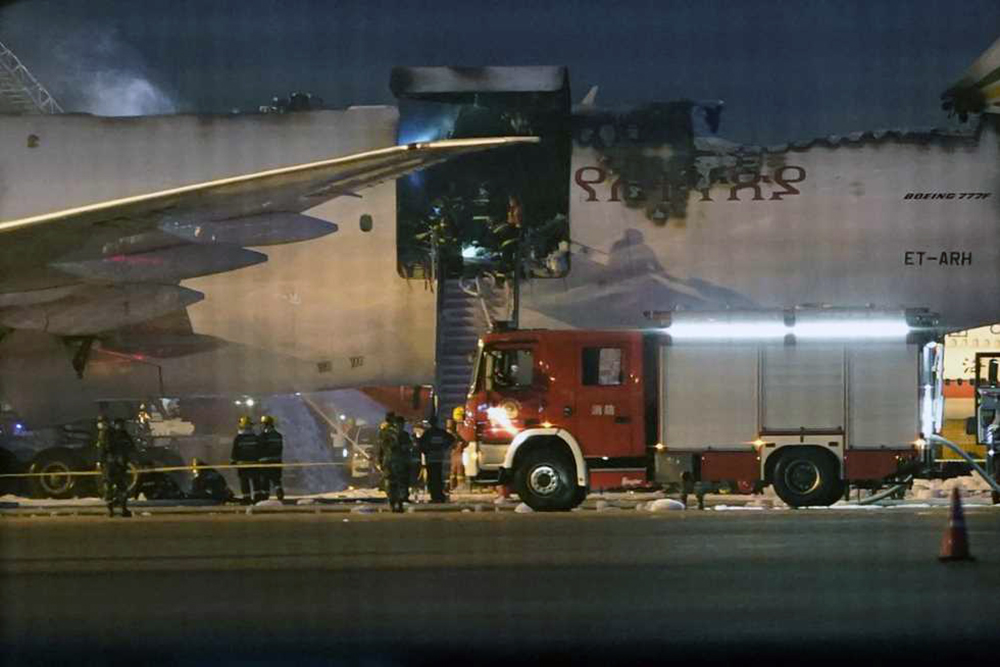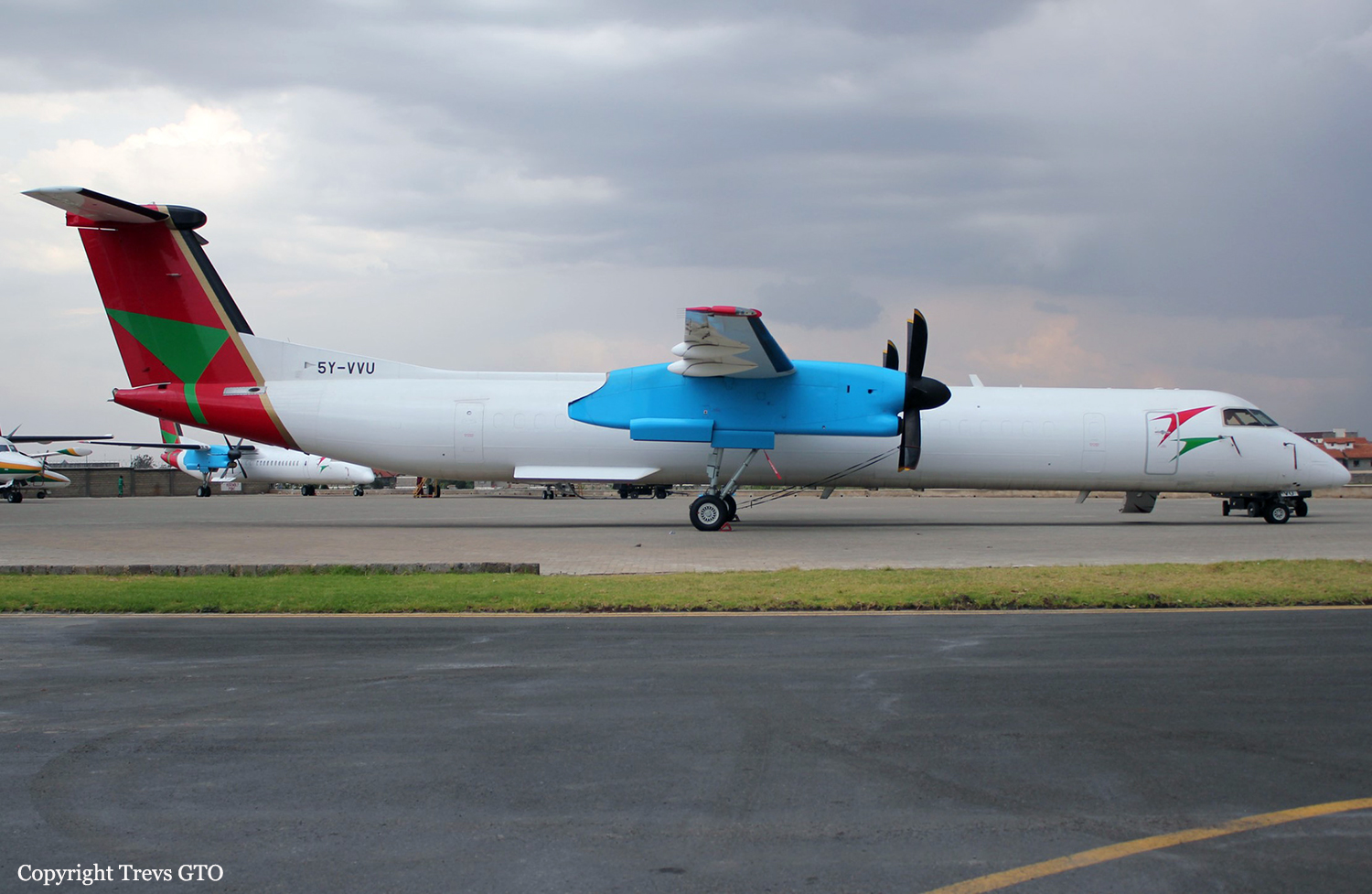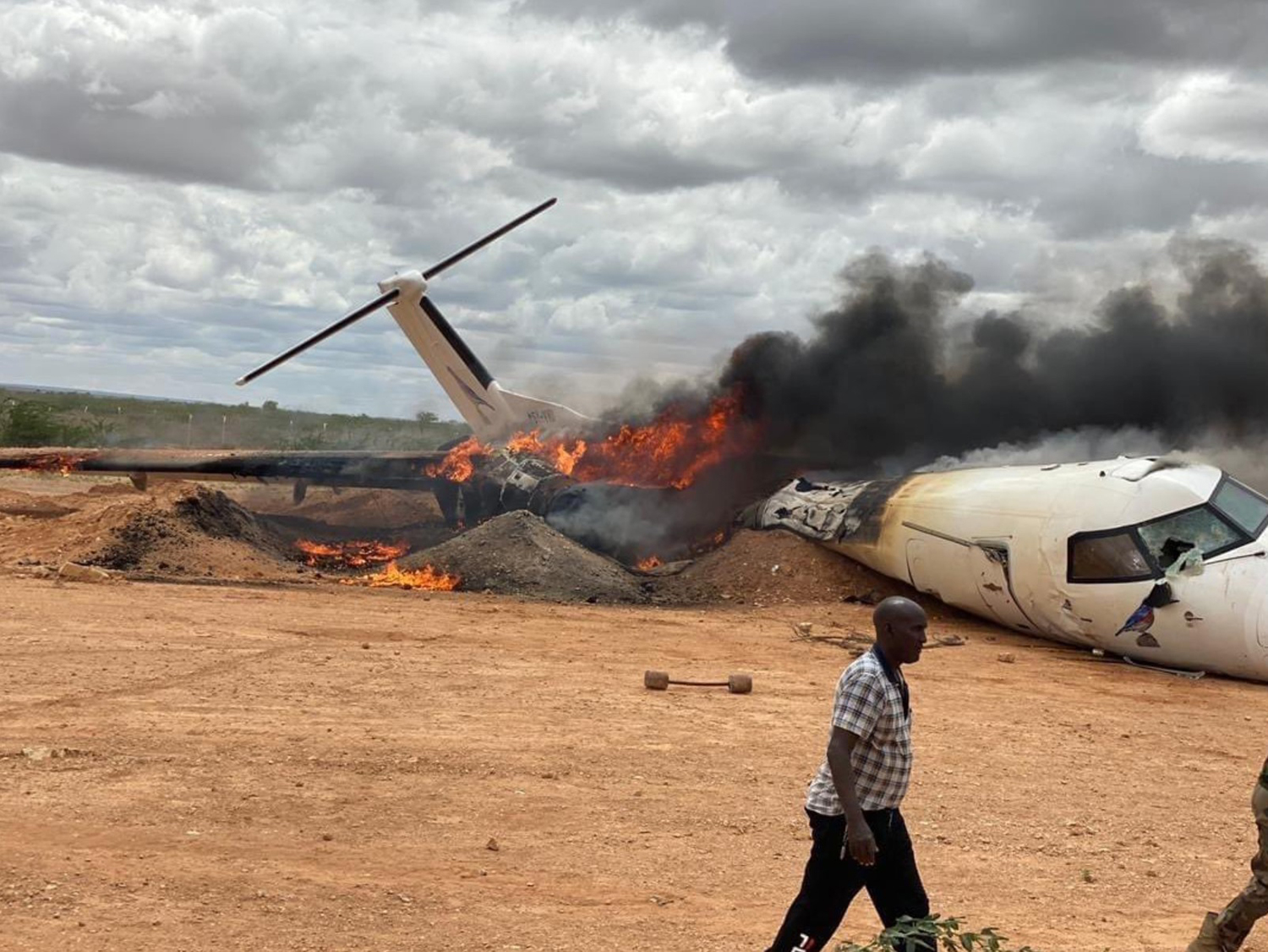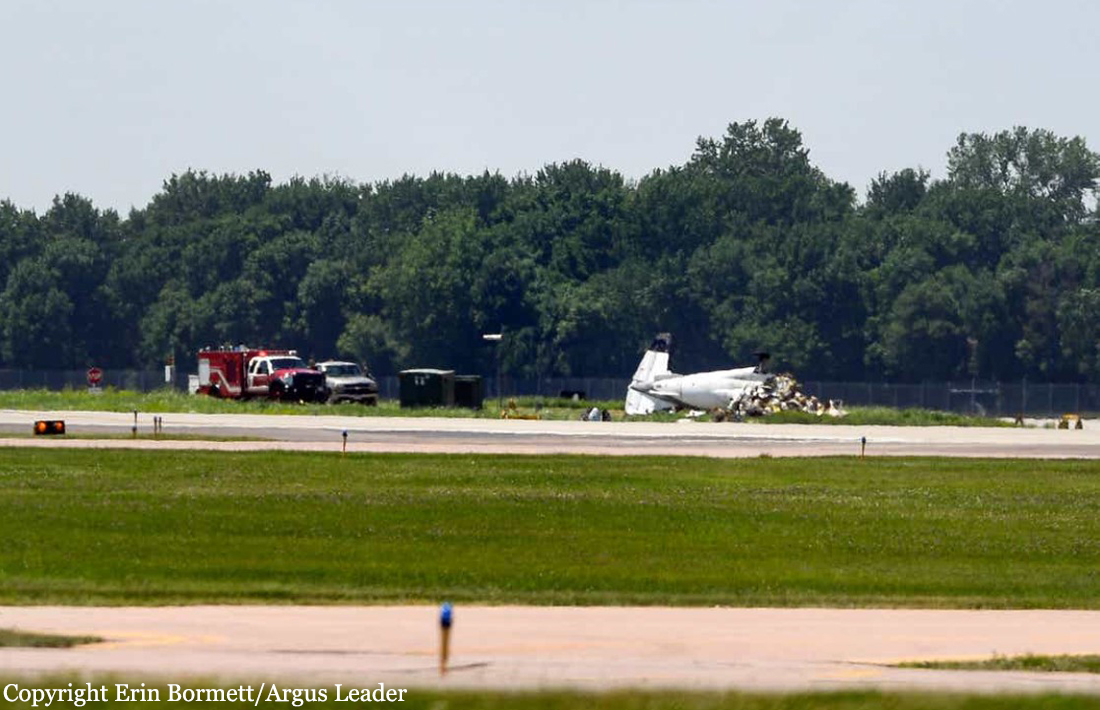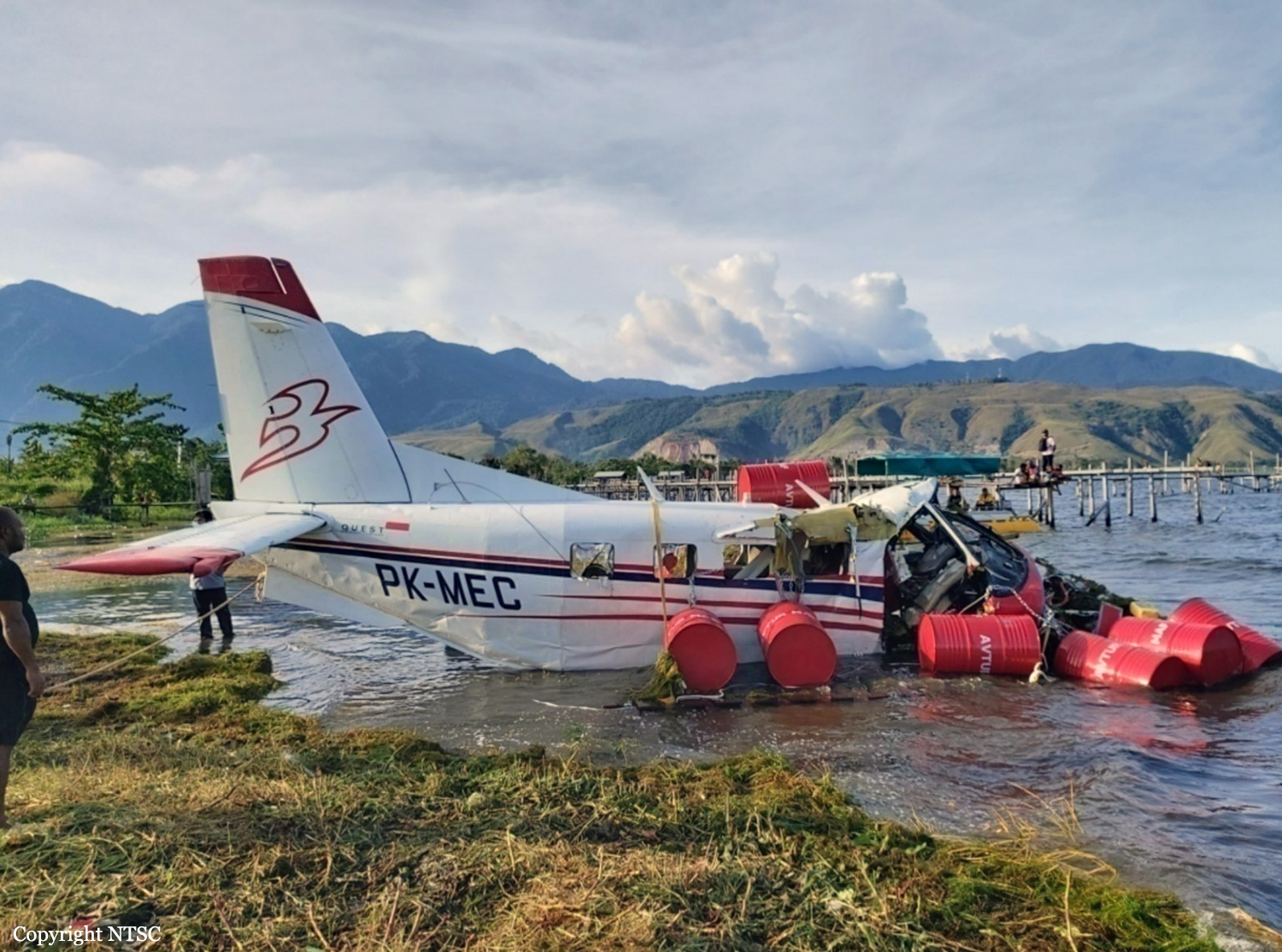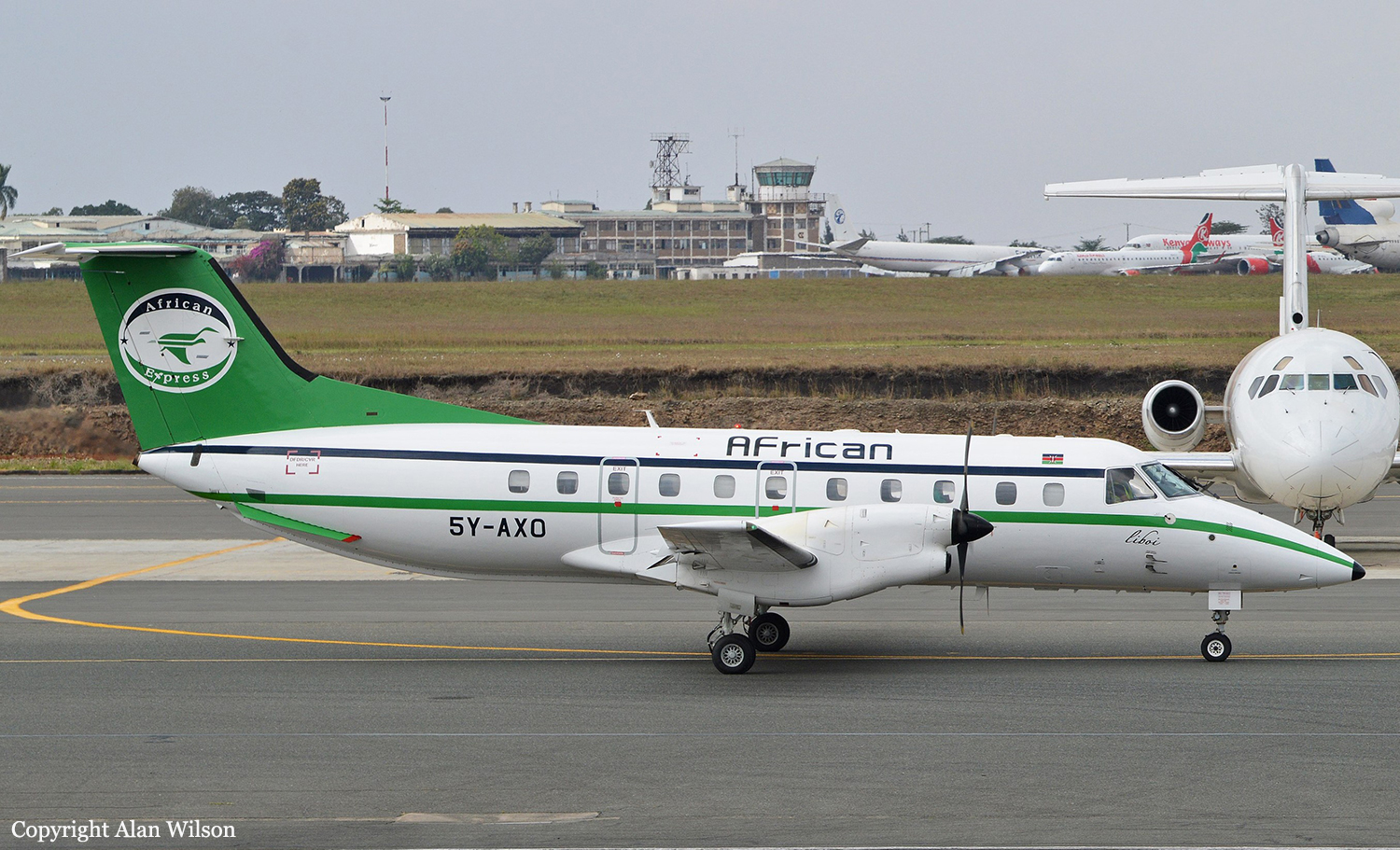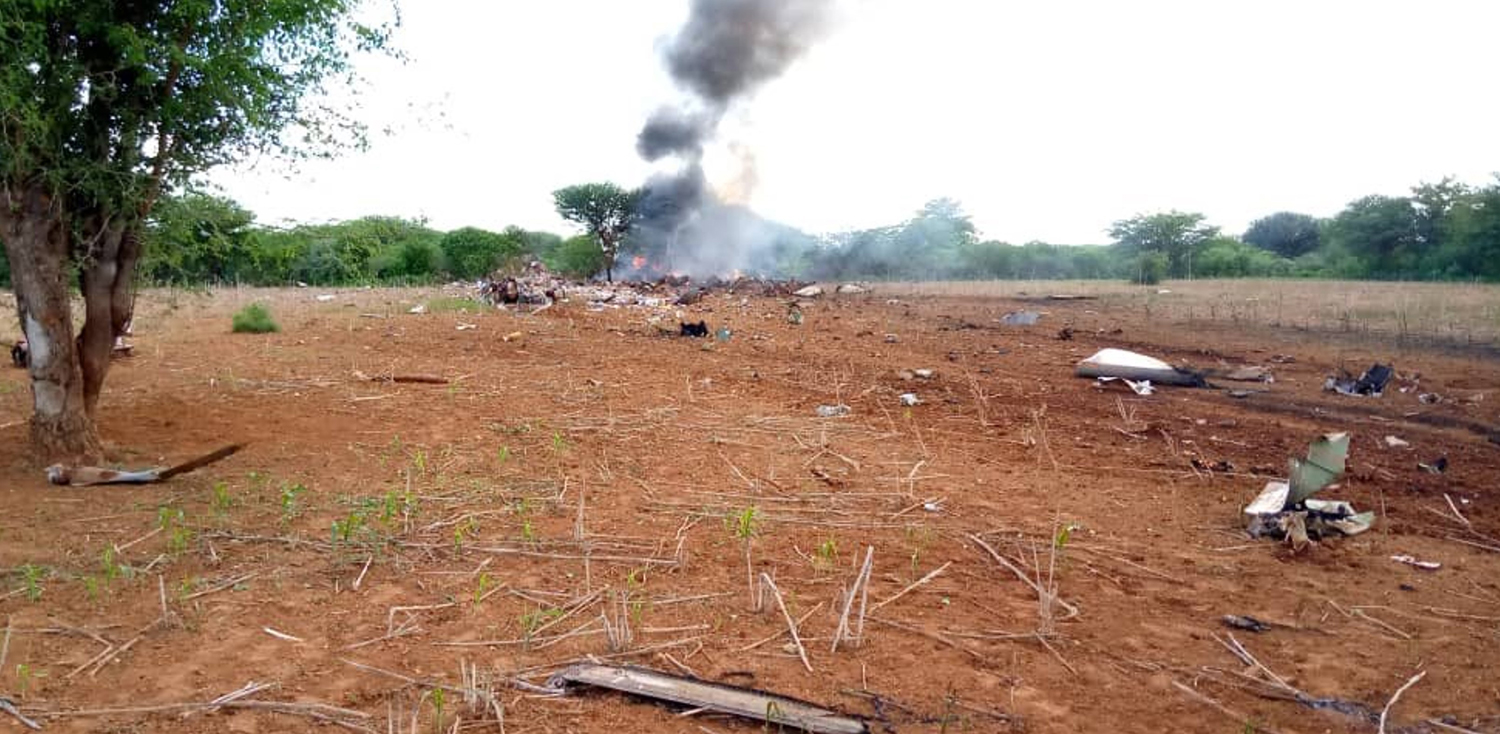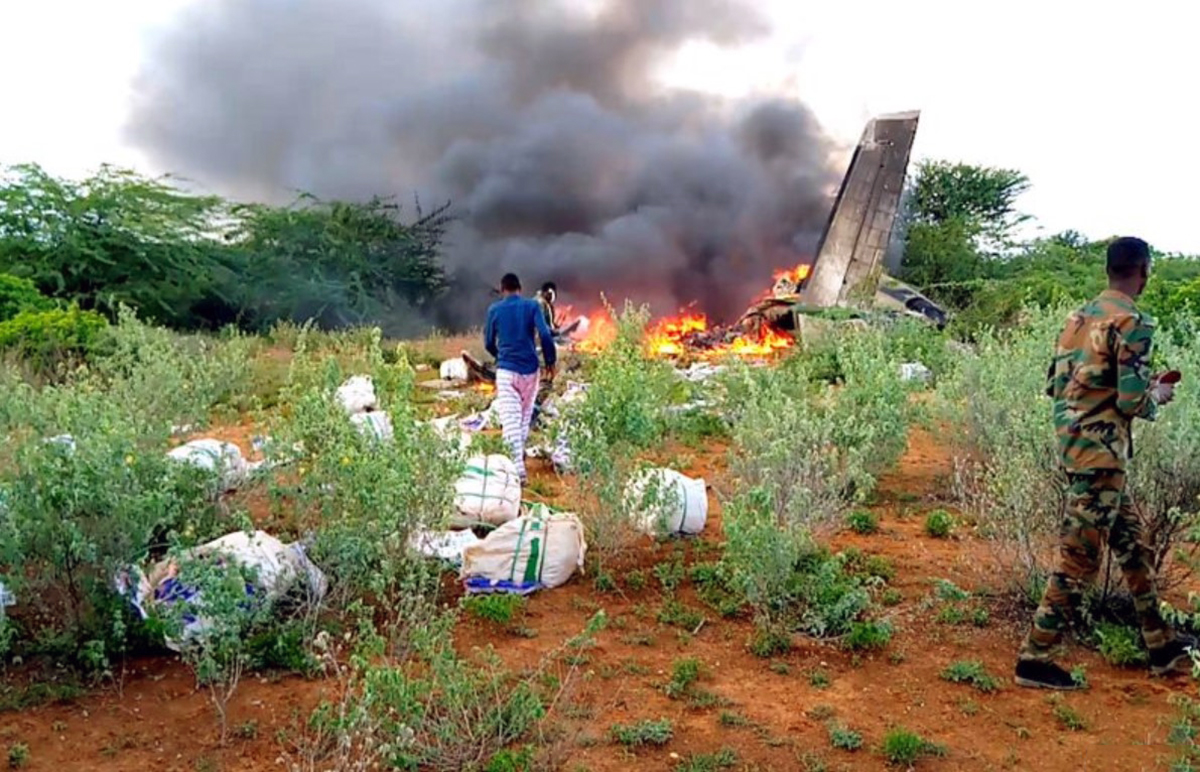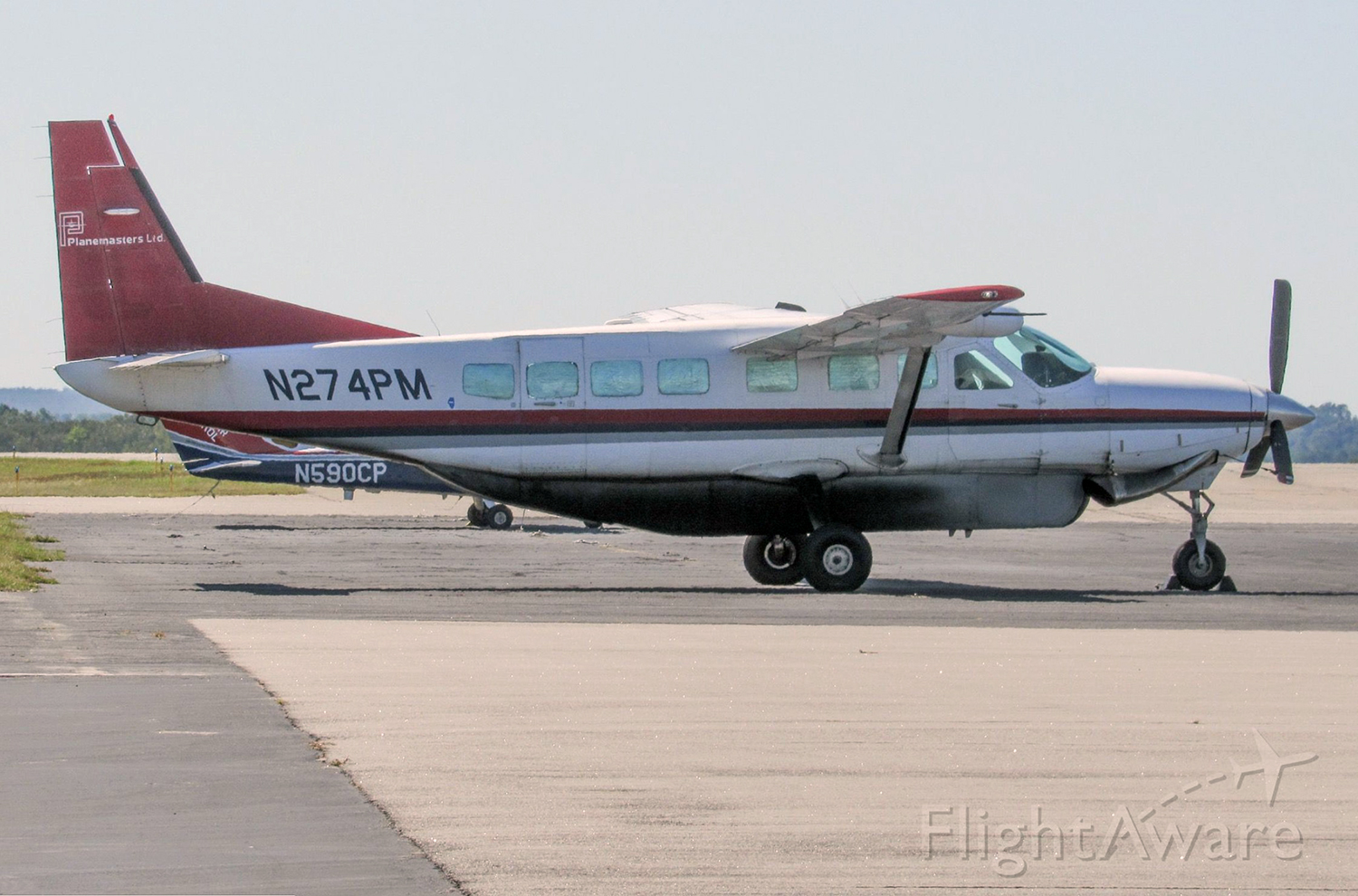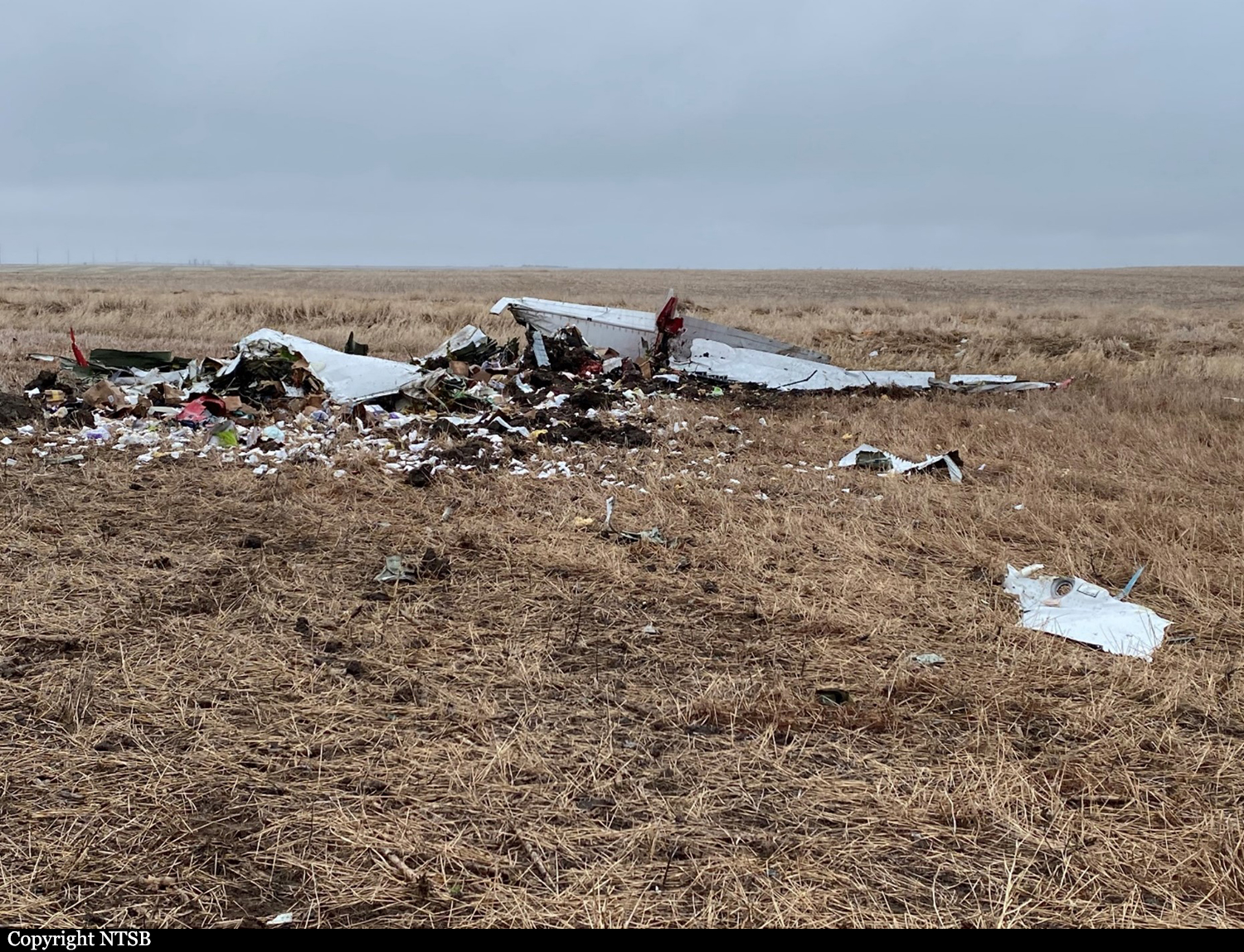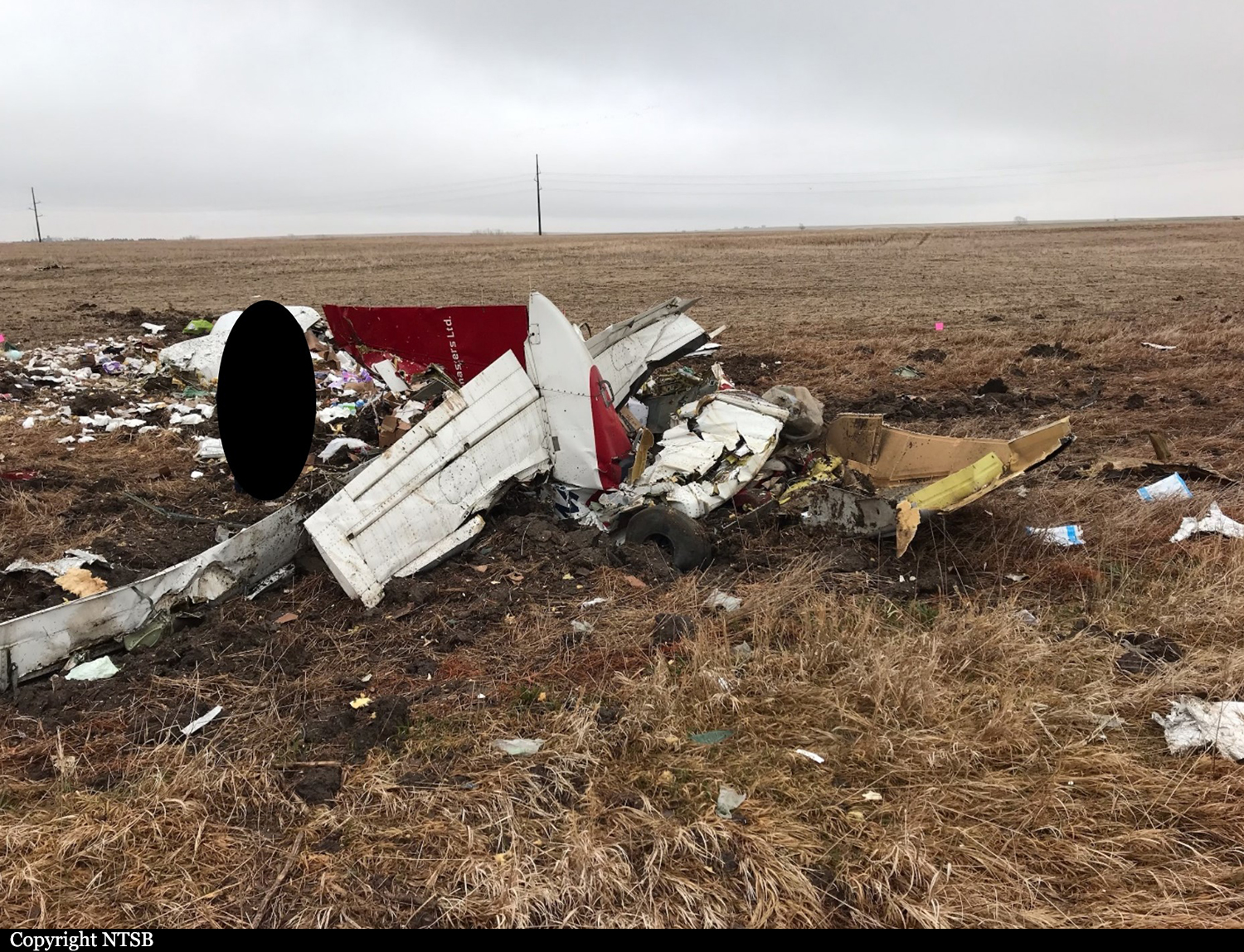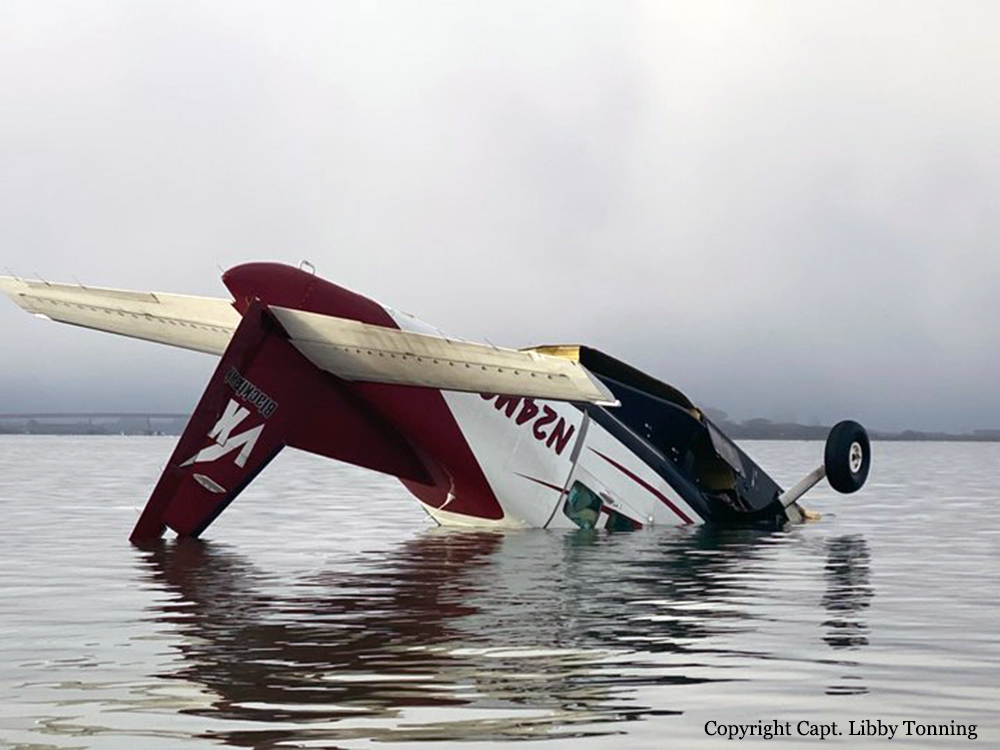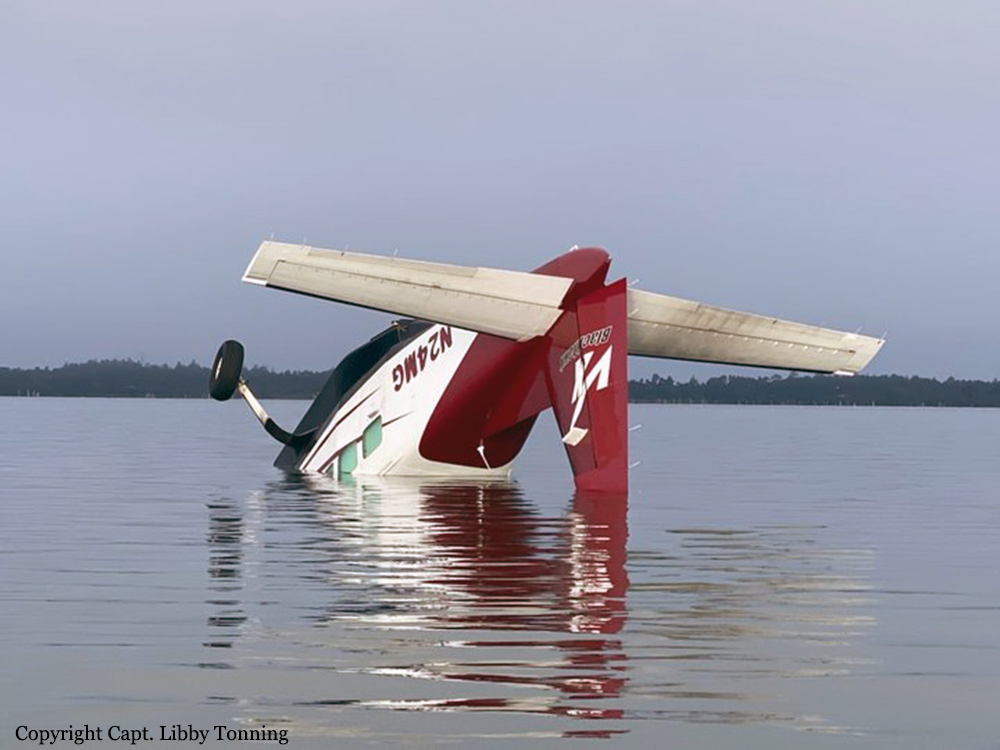Crash of an Antonov AN-26 in Juba: 7 killed
Date & Time:
Aug 22, 2020 at 0840 LT
Registration:
EX-126
Survivors:
Yes
Schedule:
Juba - Wau - Aweil
MSN:
11508
YOM:
1981
Crew on board:
3
Crew fatalities:
Pax on board:
5
Pax fatalities:
Other fatalities:
Total fatalities:
7
Circumstances:
Shortly after takeoff from Juba Airport runway 31, while climbing, the aircraft lost height and crashed in a prairie located near Referendom, about 4 km northwest of Juba Airport, bursting into flames. The aircraft was destroyed by impact forces and a post crash fire. A passenger was seriously injured while seven other occupants were killed. The aircraft was on its way to Aweil with an intermediate stop in Wau, carrying a load of foods and money for wages on behalf of the World Food Programme (WFP). It was reported that the aircraft was loaded with 8 tons of cargo while the maximum allowable would be 5,5 tons.
